Introduction
In the ever-evolving world of Call of Duty, mastering your weapons is crucial for success. Your choice of gun attachments can make or break your performance on the battlefield. In this call of duty gun attachments guide, we’ll dive deep into the world of Call of Duty gun attachments, helping you understand the ins and outs of optimizing your loadout for maximum effectiveness.
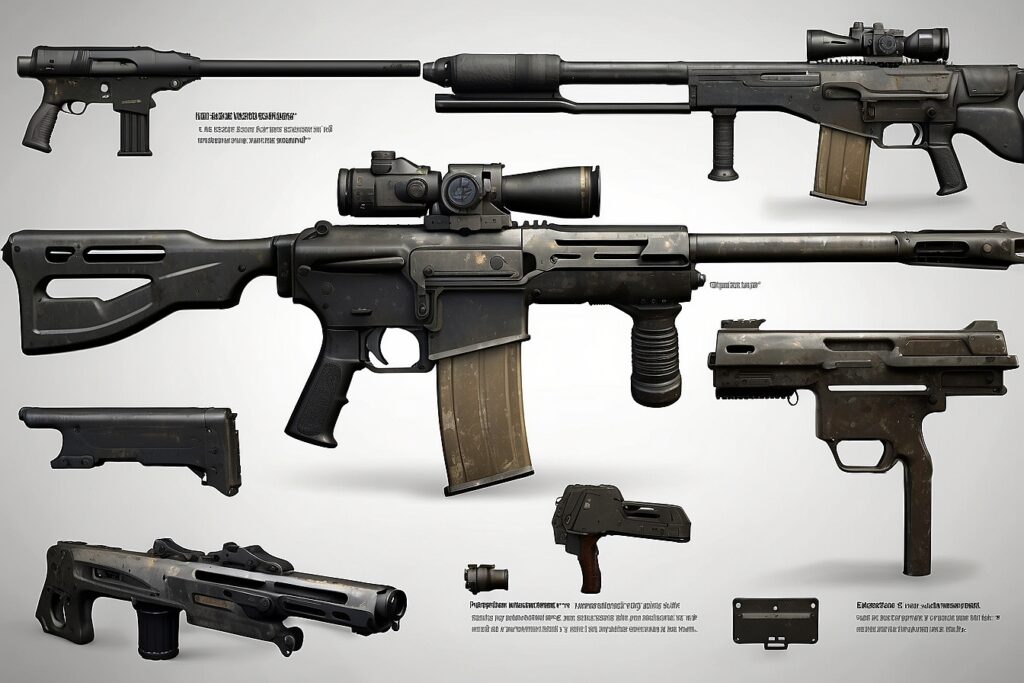
Table of Contents
Understanding call of duty gun attachments guide
Gun attachments in Call of Duty are additional components that can be added to your firearms to enhance their performance. They come in various categories, each affecting different aspects of your weapon’s behavior.
The Importance of Choosing the Right Attachments
Selecting the right attachments is crucial. It can drastically change the way your gun handles, aiming accuracy, recoil control, and overall damage output.
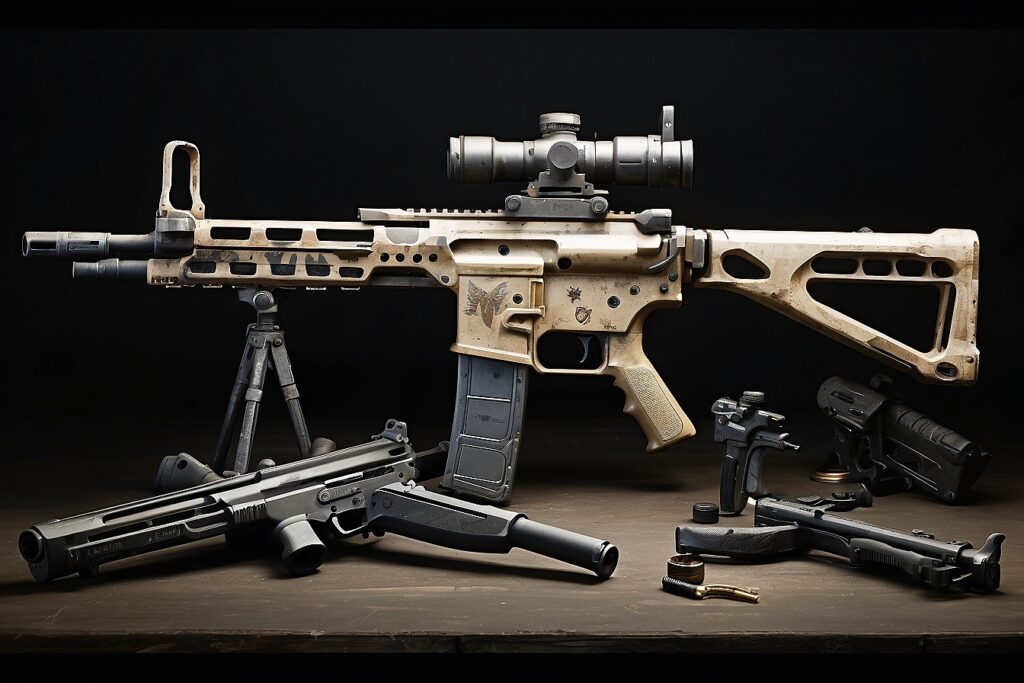
Optics and Sights
Red Dot Sights
Red dot sights offer a clean and unobstructed view of your target. They are excellent for close to mid-range combat.
Holographic Sights
Holographic sights provide a wider field of view compared to red dot sights, making them ideal for fast-paced encounters.
Thermal Scopes
Thermal scopes allow you to detect enemies through smoke and foliage, giving you an advantage in certain situations.
Barrels and Muzzles
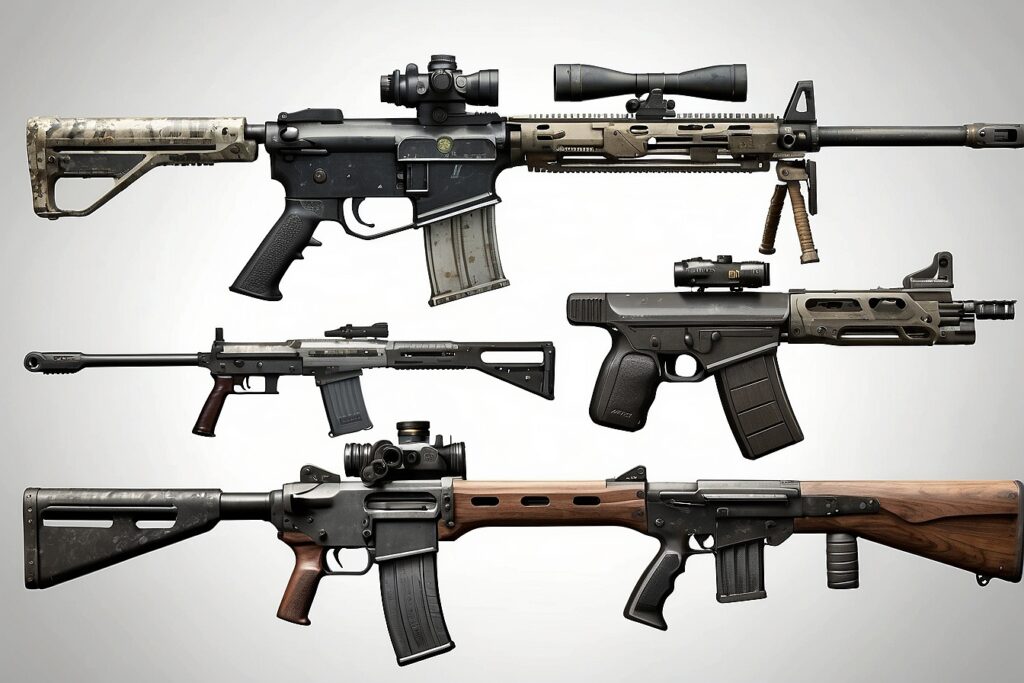
Suppressors
Suppressors reduce your gun’s noise and muzzle flash, keeping you off the enemy’s radar.
Flash Hiders
Flash hiders minimize the visibility of your shots, making it harder for enemies to locate you.
Compensators
Compensators control recoil, ensuring your shots stay on target during rapid fire.
Stocks and Grips
Collapsible Stocks
Collapsible stocks improve mobility, especially in tight spaces.
Foregrips
Foregrips enhance your weapon’s stability, making it easier to maintain accuracy while firing.
Tactical Grips
Tactical grips provide better control over your gun, especially during sustained firefights.
Magazines and Ammunition
Extended Mags
Extended mags increase your ammo capacity, reducing the need for frequent reloads.
Hollow Point Rounds
Hollow point rounds cause more damage to enemy players, ideal for close-quarters combat.
Armor-Piercing Rounds
Armor-piercing rounds are effective against heavily armored opponents.
Underbarrel Attachments
Bipods
Bipods offer stability when prone, perfect for long-range engagements.
Grenade Launchers
Grenade launchers allow you to deal explosive damage to groups of enemies.
Shotgun Underbarrels
Shotgun underbarrels provide a secondary close-quarters option.
Laser Sights and Tac Lights
Laser Sights
Laser sights improve hip-fire accuracy, making them essential for aggressive players.
Tac Lights
Tac lights can temporarily blind opponents, giving you the upper hand in dark environments.
Choosing Attachments for Different Playstyles

Tailoring your attachments to your playstyle is key to success in Call of Duty.
- For a rushing and aggressive playstyle, focus on mobility and close-range attachments.
- Tactical and supportive players should prioritize stability and accuracy.
- Snipers and long-range marksmen need optics and recoil control.
Testing and Experimentation
Don’t be afraid to experiment with different attachments to find what works best for you.
Upgrading Your Attachments
Earning upgrades for your attachments can further improve your weapon’s performance.
Tips for Success
Certainly! Here are some tips for success when using different guns in the Call of Duty game:
- Know Your Gun: Understand the strengths and weaknesses of the specific gun you’re using. Each weapon class has unique attributes, such as range, fire rate, and recoil patterns. Learn to capitalize on these traits.
- Practice Aim and Recoil Control: Spend time in the game’s practice range or use custom games to practice your aim and recoil control with different guns. Consistent accuracy is key to success.
- Customize Your Loadout: Take advantage of the game’s loadout customization options. Choose attachments, optics, and perks that complement your playstyle and the strengths of your weapon.
- Adapt to the Map: Different maps require different strategies. Choose a gun that suits the map’s layout. For long-range maps, opt for a sniper or marksman rifle, while close-quarters maps may favor shotguns or SMGs.
- Switch It Up: Don’t get too comfortable with a single gun. Be versatile and switch between different guns based on the situation. Having proficiency with multiple weapons can make you a more adaptable player.
- Master Movement: Use movement to your advantage. Strafe, jump, and slide to make yourself a harder target to hit. Knowing when to engage and disengage is crucial.
- Communicate with Teammates: If you’re playing a team-based mode, communicate with your teammates. Coordinate your loadouts to cover different roles and provide support where needed.
- Learn Map Control: Knowing the map layout and controlling key areas can give you a strategic advantage. Use cover effectively and watch your flanks to avoid being caught off guard.
- Manage Ammo: Pay attention to your ammo count and reload at appropriate times. Running out of bullets in a firefight can be costly. Consider using attachments that increase your magazine size.
- Study Pro Players: Watch professional Call of Duty players or skilled streamers to learn from their techniques and strategies. You can pick up valuable insights by observing their gameplay.
- Stay Calm Under Pressure: In intense situations, it’s easy to panic and make mistakes. Stay composed, aim carefully, and make calculated decisions.
- Use Audio Cues: Sound is a vital element in Call of Duty. Listen for footsteps, gunfire, and other audio cues to anticipate enemy movements and positions.
- Know When to Rush and When to Hold Back: Sometimes aggressive play is effective, but other times it’s wiser to hold back and defend. Recognize when to push and when to play defensively.
- Experiment and Adapt: Be open to trying different guns and loadouts. The meta can change, and what’s effective today might not be tomorrow. Adapt your playstyle accordingly.
- Have Fun: Ultimately, Call of Duty is a game, and the most important thing is to have fun. Enjoy the experience, learn from your mistakes, and keep improving your skills over time.
By following these tips and call of durt gun attachments guide as well as practicing consistently, you can become a more successful and versatile player in the world of Call of Duty.
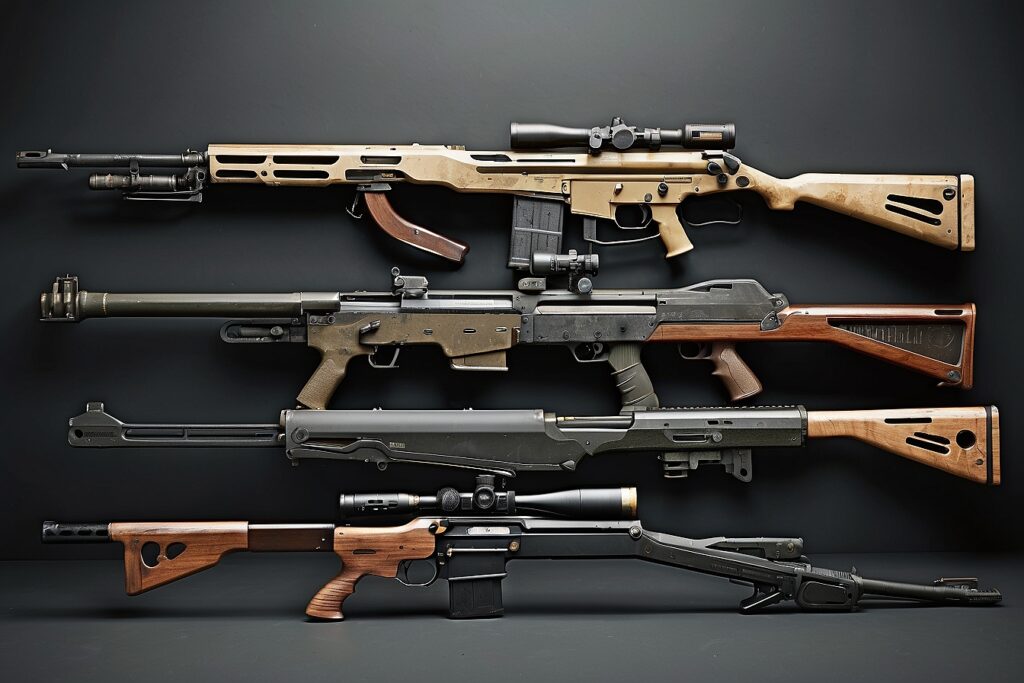
Conclusion
This Call of Duty gun attachments guide can turn the tide of battle in your favor. With this guide, you’re well-equipped to make informed decisions about your loadouts and attachments. Remember, practice makes perfect, so keep refining your skills on the battlefield! We’ve covered the ins and outs in our Call of Duty gun attachments Guide, helping you fine-tune your loadout for any playstyle. Armed with this knowledge, you’ll be better prepared to dominate the battlefield in your favorite Call of Duty.
Do check Our Article : Computer Overheating When Playing Games: Causes, 12 Epic Solutions and Fixes if You are facing Heat up issues during playing.
FAQs
Q1: What are the best attachments for an assault rifle?
As mentioned in our call of duty gun attachments guide, The best attachments for an assault rifle can vary depending on your playstyle and the specific game in the Call of Duty series. However, some commonly recommended attachments for assault rifles include:
- Optics: Red Dot Sight or Holographic Sight for improved aiming.
- Barrel: Compensator or Muzzle Brake to reduce recoil.
- Underbarrel: Foregrip for better stability.
- Magazine: Extended Magazine for more rounds per reload.
- Stock: Tactical Stock for increased mobility.
These attachments can enhance your weapon’s accuracy, reduce recoil, and improve overall performance. Experiment to find the combination that suits your preferences.
Q2: Can I use the same attachments for different weapon classes?
As described in our call of duty gun attachments guide , attachments are typically specific to certain weapon classes. However, some attachments like optics (scopes and sights) and some perks can be used across different weapon classes. For example, a red dot sight that fits one assault rifle can often be used on another assault rifle, but not necessarily on a sniper rifle.
It’s important to check the attachment compatibility for each weapon class within the game to see which attachments are transferable. Generally, attachments are designed to suit the characteristics of their respective weapon classes.
Q3: How do I unlock more attachments?
According to call of duty gun attachments guide, Unlocking attachments in Call of Duty usually involves leveling up your weapon by using it in matches. As you accumulate kills and gain experience with a particular gun, you’ll unlock new attachments. The higher your weapon’s level, the more attachments become available.
Additionally, some games may offer challenges or missions specific to each weapon that, when completed, grant you additional attachments.
Q4: What’s the recommended sensitivity settings for better aiming?
Sensitivity settings in Call of Duty can vary greatly depending on individual preferences. However, a common recommendation is to find a sensitivity setting that allows you to aim accurately while still being able to react quickly to enemy movements as mentioned in call of duty gun attachments guide.
Start with a moderate sensitivity setting and gradually adjust it based on your comfort level. It’s essential to find a balance that enables you to track targets smoothly and control recoil. Experiment with different sensitivities until you find one that works best for you.
Q5: Are there any attachments that are considered overpowered in the game?
In call of duty gun attachments guide, the balance of attachments can change with updates and patches, and what’s considered overpowered can vary from game to game. Game developers often strive to maintain a balance between different attachments to ensure fair gameplay.
Players may perceive certain attachments as overpowered based on their effectiveness in specific situations, but this can be subjective. Developers usually address any imbalance through updates and adjustments to maintain a fair and enjoyable gaming experience for all players.

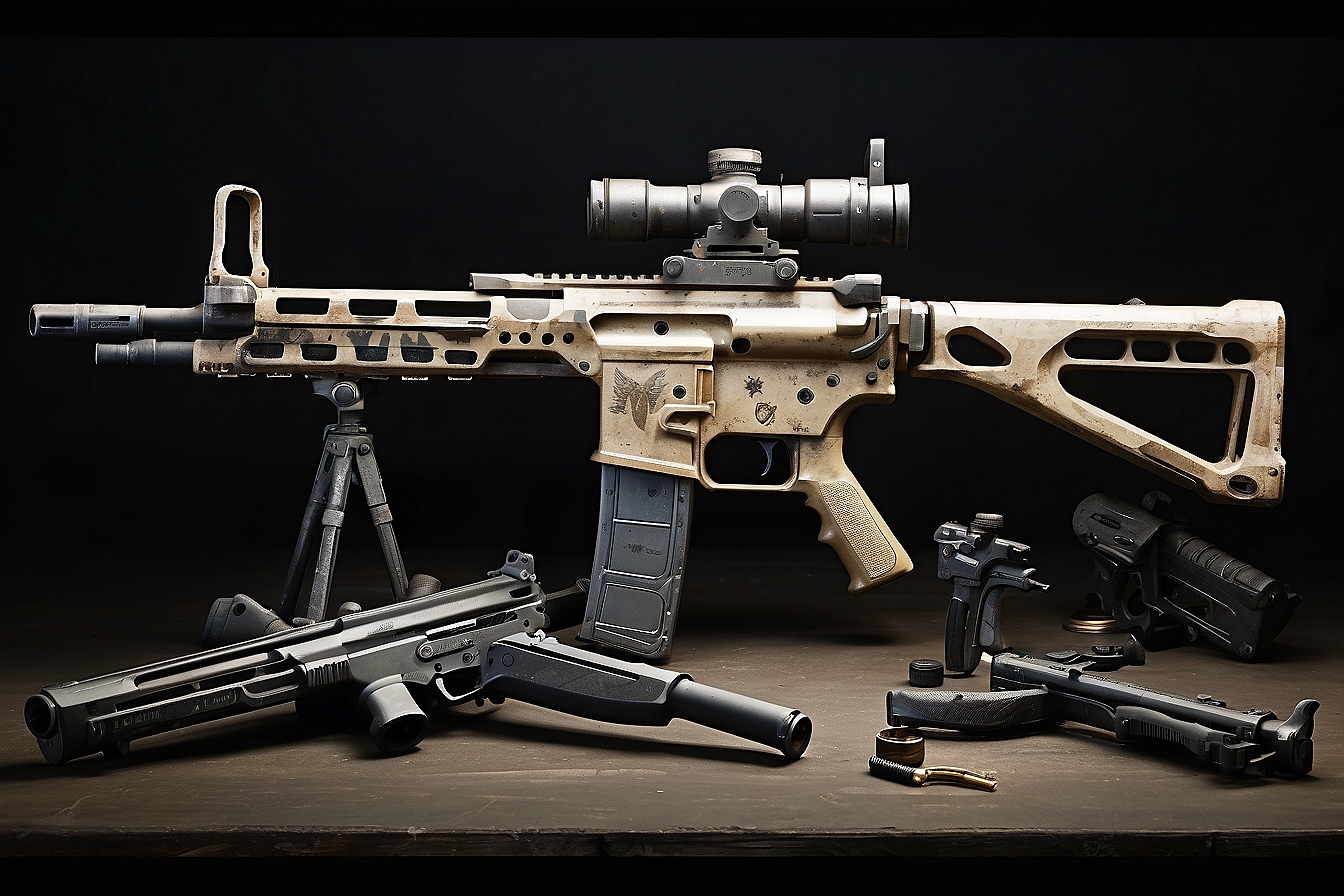




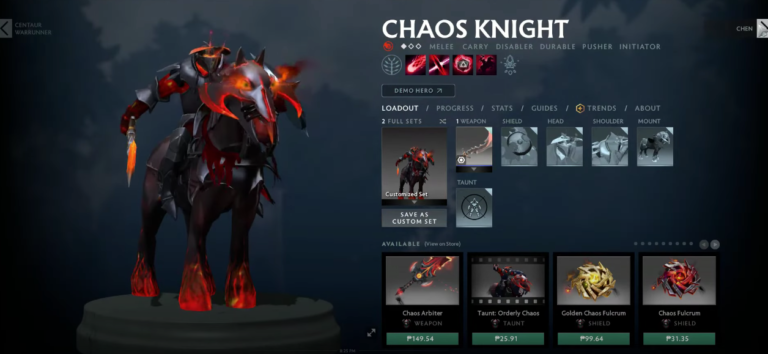

One Comment